AAFM GLO_CWM_LVL_1 - Chartered Wealth Manager (CWM) Global Examination
Manmeet a 29 years old person has joined Met Life on 1/07/2011. His monthly salary (net salary) after deduction is Rs. 45000/. His monthly expenses details are as follows:
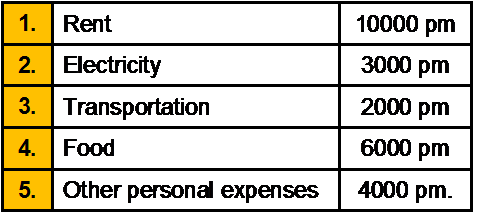
Assume Manmeet has taken his flat on rent from 01/07/ 2011. On 01/07/2011 he has cash in hand Rs.15000. What will be his cash in hand on 31/03/2012?
Mr. Sachdeva is working as a regional head in a Pharmaceutical Company in New Delhi. He has a annual income of Rs. 10,00,000. His current expenses are Rs. 5,00,000 and he will be retiring in next ten years . The inflation rate for the foreseeable future is expected to be 5%. He assumes that his post retirement expenses will be 70% of his last year expenses of his service and they will increase at inflation rate and paid at the beginning of each year.
On his retirement he plans to leave his current rented apartment and shift into a another apartment located in NCR . The current price of the bungalow is Rs. 24 lakh which is estimated to increase in line with inflation rate. A ten year government security paper fetches 10% interest rate, which will remain constant for the forthcoming period. He is in good health and expects to live for twenty years after retirement.
As a CWM you are required to calculate the amount Mr. Sachdeva needs to save at the end of ten years on an annual basis so that he can pay his post retirement expenses as well as to buy the apartment.
A portfolio consists of 3 securities.
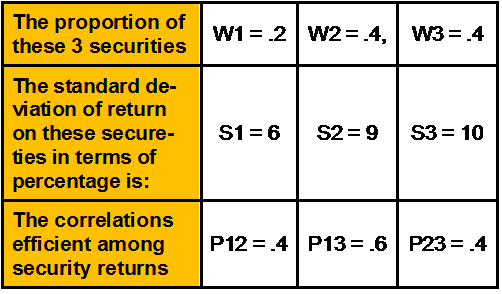
What is the standard deviation of the portfolio?
An individual has recently purchased a house worth Rs. 40 lakh for self-occupation by availing housing loan of Rs. 28 lakh at 9.25% p.a. rate of interest. The tenure of loan is 18 years. He has Rs. 12 lakh financial assets at present. He is expected to save annually Rs. 2 lakh which he invests on a quarterly basis beginning a quarter from now in an instrument which is expected to provide return of 9% p.a. What would be his net worth five years from now? The value of the house which is for consumption purposes is not considered in the net worth so arrived.
Which of the following statement is false?
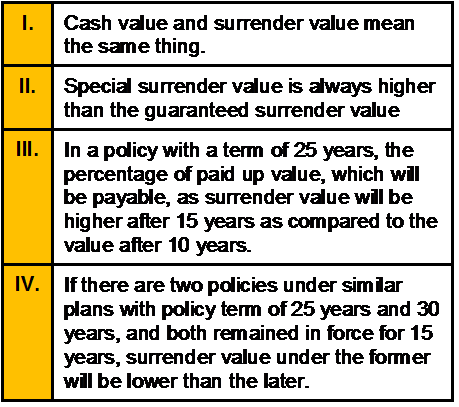
Overseas Medical Policy (OMP) covers medical expenses and repatriation expenses upto a maximum of _________ while under Overseas Travel Insurance the same is a maximum of __________.
Rajesh needs Rs 1,00,000/- for his son’s college fees after 4 years time. What amount shall he invest today for 4 years, so that it becomes Rs. 1,00,000 at maturity if ROI is @ 8% per annum, compounded Half yearly?
The income of any university or other educational institution existing solely for educational purposes and not for the purposes of profit is exempt under clause (iiiad) of Section 10(23C) if the aggregate annual receipts’ of such univerÂsity or educational institution do not exceed.
An increase in the market value of a company indicates:
Which one of the following is/are correct?

Any income chargeable under the based "Salaries" is exempt from tax under Section 10(6)(viii), if it is received by any non resident individual as remuneration for services rendered in connection with his employment in a foreign ship where his total stay in India does not exceed a period days in that previous year.
An employee benefit plan can generally help in accomplishing all of the following items except:
A bond with a face value of Rs. 1000, returns Rs. 80 in year 1, Rs. 80 in year 2 and Rs. 1080 in year 3. What is the duration of the bond in years?
An adviser can call his or her advisory services independent when:
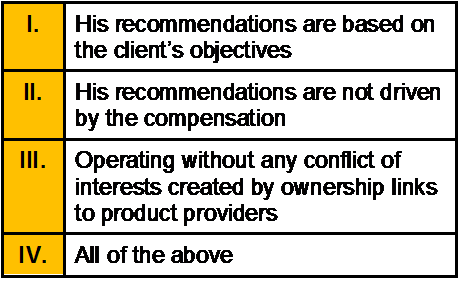
Which of the following statement is/are correct?
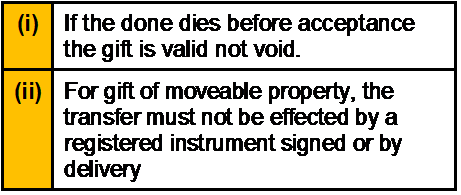
A hired a bicycle from B. The written contract contained a clause which read “Nothing in this agreement shall render the owner liable for any personal injuries to the rider of the machine hiredâ€. Owing to a defect in the brakes of the cycle, A met with an accident and got injured. Can A recover Damages?
Which of the following statements is/are not true?
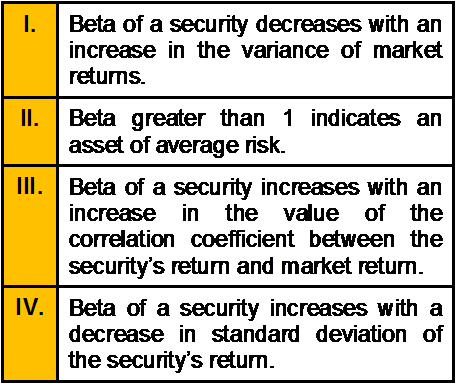
Mr.Dinesh is transferred to Delhi and is paid a shifting allowance of Rs.20000 by his employers out of which he spends Rs.18000 for shifting his family and personal effects. Which of the following is true?
Which one of the following statements is/are correct?
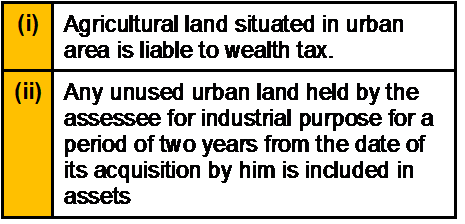
The basic principles of Islamic Finance are…..



